Beneath the tumultuous waves off the coast of South Australia, a tragic chapter of maritime history has been unearthed. Marine archaeologists have recently discovered the long-lost Dutch merchant vessel, Koning Willem de Tweede, which tragically sank nearly 170 years ago. This shipwreck is more than just a relic of the past; it is a poignant reminder of the perilous journeys undertaken during the 19th-century Australian gold rushes.
The Koning Willem de Tweede was an 800-ton sailing ship that set sail in June 1857, embarking on a journey back to the Netherlands. However, its voyage was cut short by a severe storm that capsized the vessel near the port town of Robe. The disaster claimed the lives of two-thirds of the crew, their bodies lost to the relentless sands of Long Beach. Just days prior to the ship's ill-fated journey, 400 Chinese migrants had disembarked from the vessel. These laborers were bound for the gold mines in Victoria, and the crew had transported them as a "side hustle" to earn extra money, a practice that was common but legally dubious at the time, according to James Hunter, the acting manager of maritime archaeology at the Australian National Maritime Museum.
The wreck of the Koning Willem de Tweede remained hidden for over a century and a half, until March 10, when a team of divers, supported by the Dutch Ministry of Foreign Affairs and the Netherlands' Cultural Heritage Agency, finally located the sunken vessel. "There’s always a little bit of luck in what we do," Hunter remarked, reflecting on the moment when the sand uncovered just enough of the shipwreck for the team to identify it. "We could see it and actually put our hand on it and say ‘we’ve finally got it.’”
The team's confidence in their discovery is bolstered by several key pieces of evidence. The wreck's location aligns with historical accounts, and the length of the metal pieces detected matches the vessel's documented length of 140 feet (43 meters). Additionally, pieces of 19th-century Chinese ceramics found on the beach near the wreck site in 2023 further support the identification of the ship.
Australia, with its long history as a global maritime trading hub, is home to an estimated 8,000 sunken ships and aircraft, making it a hotspot for shipwreck discoveries. Some of these vessels date back to the 1700s, when colonization first began, according to the Australian government’s Department of Climate Change, Energy, the Environment and Water. The discovery of gold mines in Victoria in the 1850s triggered a significant migration of Chinese laborers. In response, the Victorian government imposed a £10 tax on every migrant entering its ports, equivalent to over $1,300 (£1,000) today. To circumvent this tax, agents in China would often arrange for European merchant vessels to transport the migrants to other Australian ports, as documented by the Dutch Australian Cultural Centre and the National Museum of Australia.
The Koning Willem de Tweede was originally intended for trading between the Netherlands and the Dutch East Indies, a former colony now known as Indonesia. However, just before its return journey, the crew picked up the Chinese migrants from Hong Kong and dropped them off at Robe, a community located about 365 miles (400 kilometers) west of the main ports in Victoria. From there, the migrants trekked overland to the gold mines. It remains unclear whether this voyage was officially sanctioned by the ship’s owner, as police reports, crew accounts, and court records offer conflicting information.
Despite the tragic loss of life, the community of Robe has a storied history of dedication to uncovering the mysteries of the wreck and honoring the lost crew members. During the disaster, an Indigenous Australian man attempted to swim a rope out to the ship to rescue the captain but was unable to reach it due to the powerful waves. The captain managed to survive by winding a line around a barrel and throwing it into the water, where townspeople on the beach pulled him to safety.
The discovery of the Koning Willem de Tweede is not just a triumph for archaeologists but also a significant cultural milestone. If the bodies of the crew members are recovered, the Robe community plans to create a proper burial place for them, a gesture that underscores the enduring connection between the town and its maritime past.
The next phase of the project involves searching for, recovering, and preserving artifacts from the wreck. These artifacts have the potential to reveal invaluable details about 19th-century shipbuilding techniques, the lives of the crew and passengers, and the broader context of maritime trade during that era. The partnership between the Australian National Maritime Museum, the Silentworld Foundation, South Australia’s Department for Environment and Water, and Flinders University in Adelaide will play a crucial role in this endeavor.
Australia's maritime history is rich and complex, reflecting its long-standing connections with the rest of the world. Shipwrecks like the Koning Willem de Tweede serve as tangible links to the past, offering insights into the lives of those who braved the seas in search of fortune and opportunity. As the team plans to return to the site, each visit promises to uncover new facets of this intriguing story.
What remains of the ship beneath the waves is still a mystery, but initial findings suggest that much of the hull structure is intact, buried beneath layers of sand. Using metal detectors and magnetometers, the team has located large pieces of steel and iron protruding from the seafloor, identified as parts of the frame and windlass, the machine used to reel in the anchor. Long planks of wood, likely from the upper deck, lie nearby, hinting at the ship's original construction.
The potential for discovering personal items from the crew is high, as the ship sank just off the shore, leaving no opportunity for the crew to recover their belongings. Coins, bottles, broken pottery, weapons, and tools are all possibilities, according to Hunter. However, recovering these artifacts requires meticulous care to prevent their disintegration upon exposure to air. Heather Berry, a maritime archaeological conservator for the Silentworld Foundation, explains that artifacts are placed into tubs of seawater and gradually desalinated to mitigate the corrosive effects of salt.
As the team continues to explore the wreck site, they face the challenges of the unpredictable ocean environment. "Shipwrecks rarely occur in calm waters," Berry notes. "The surge on the site is such that often you have to hold on to something sturdy to keep from being swept away, so we would need to ensure we don’t accidentally grasp on to something fragile."
The discovery of the Koning Willem de Tweede is more than just a historical find; it is a testament to the enduring spirit of exploration and the relentless pursuit of knowledge. It serves as a reminder of the human stories behind the statistics of maritime disasters and highlights the importance of preserving our shared cultural heritage. As each artifact is carefully recovered and studied, the Koning Willem de Tweede will continue to reveal its secrets, enriching our understanding of the past and honoring the memory of those who perished in its tragic wreck.

By /May 21, 2025

By /May 21, 2025

By Natalie Campbell/May 21, 2025
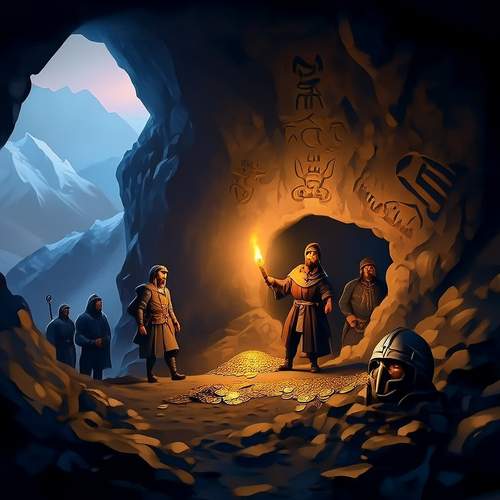
By Victoria Gonzalez/May 21, 2025

By Noah Bell/May 21, 2025

By Joshua Howard/May 21, 2025
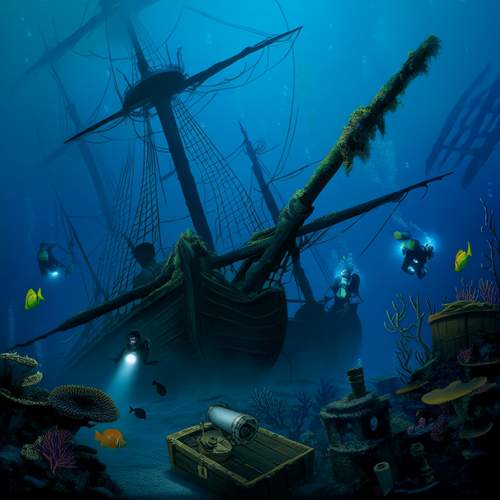
By Olivia Reed/May 21, 2025

By David Anderson/May 21, 2025

By Victoria Gonzalez/May 21, 2025

By Sophia Lewis/May 21, 2025
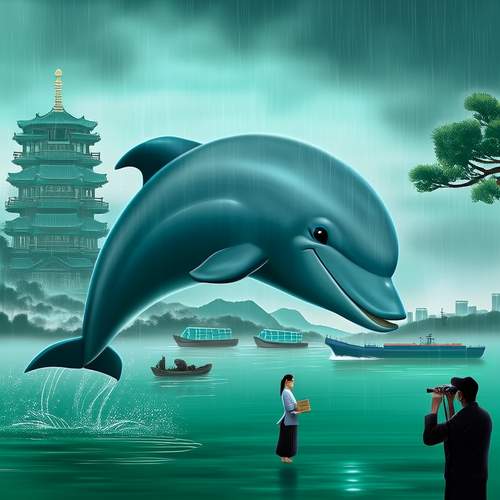
By Daniel Scott/May 21, 2025

By Jessica Lee/May 21, 2025
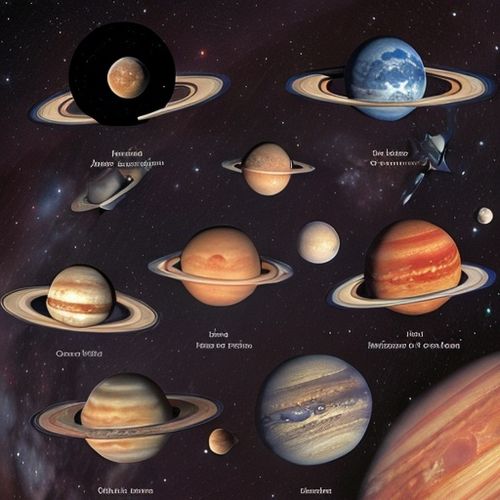
By Jessica Lee/Dec 22, 2024

By Emily Johnson/Dec 22, 2024
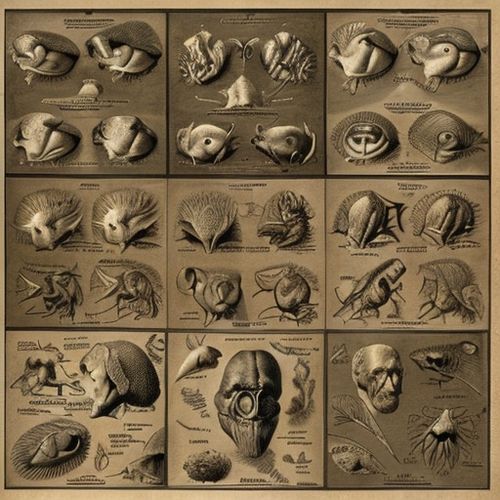
By Elizabeth Taylor/Dec 22, 2024

By Benjamin Evans/Dec 22, 2024

By Elizabeth Taylor/Dec 22, 2024